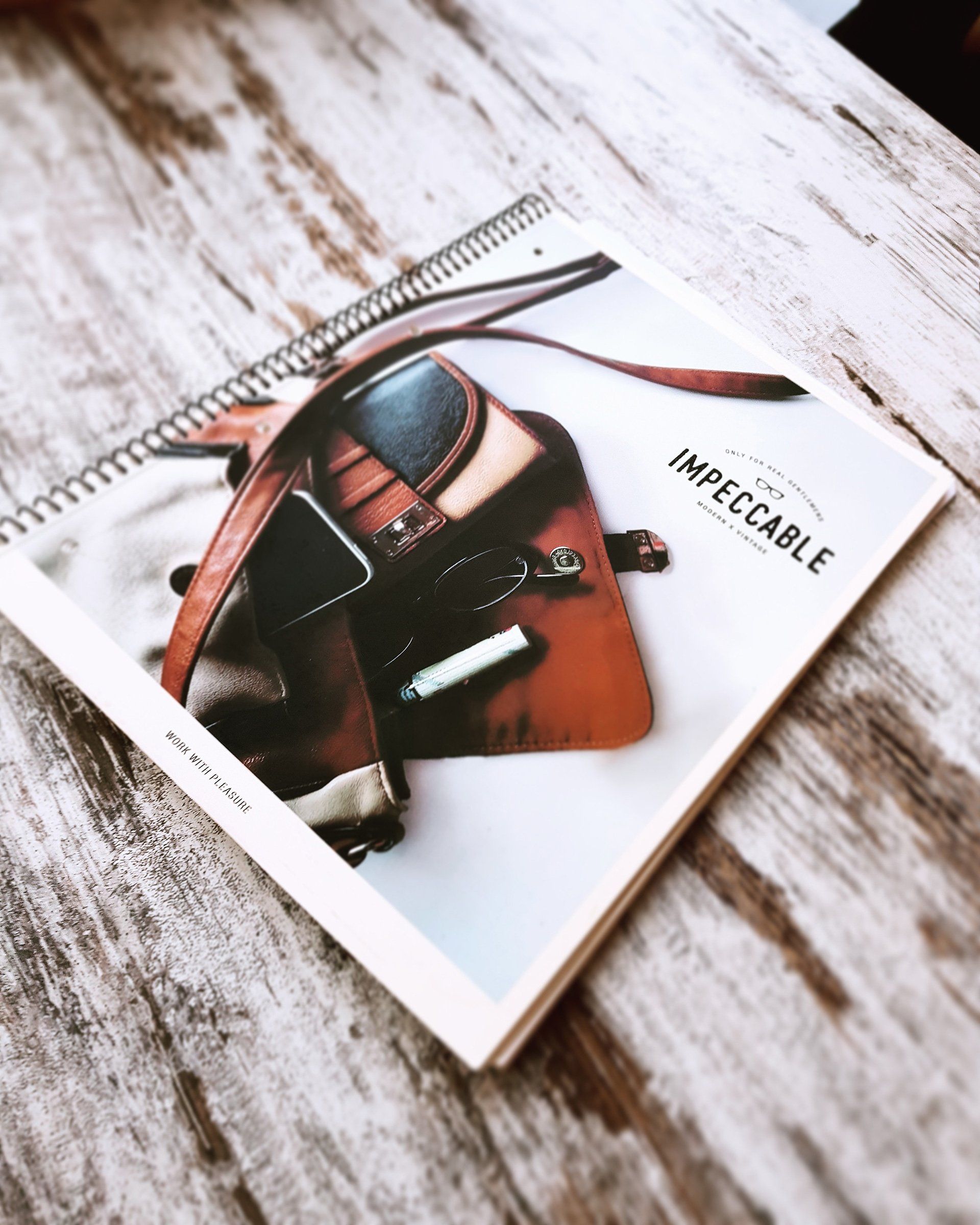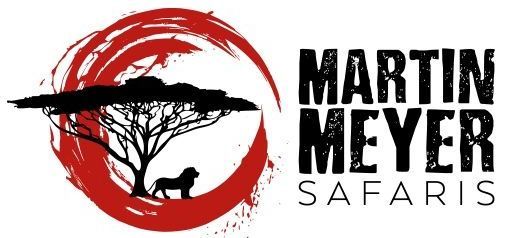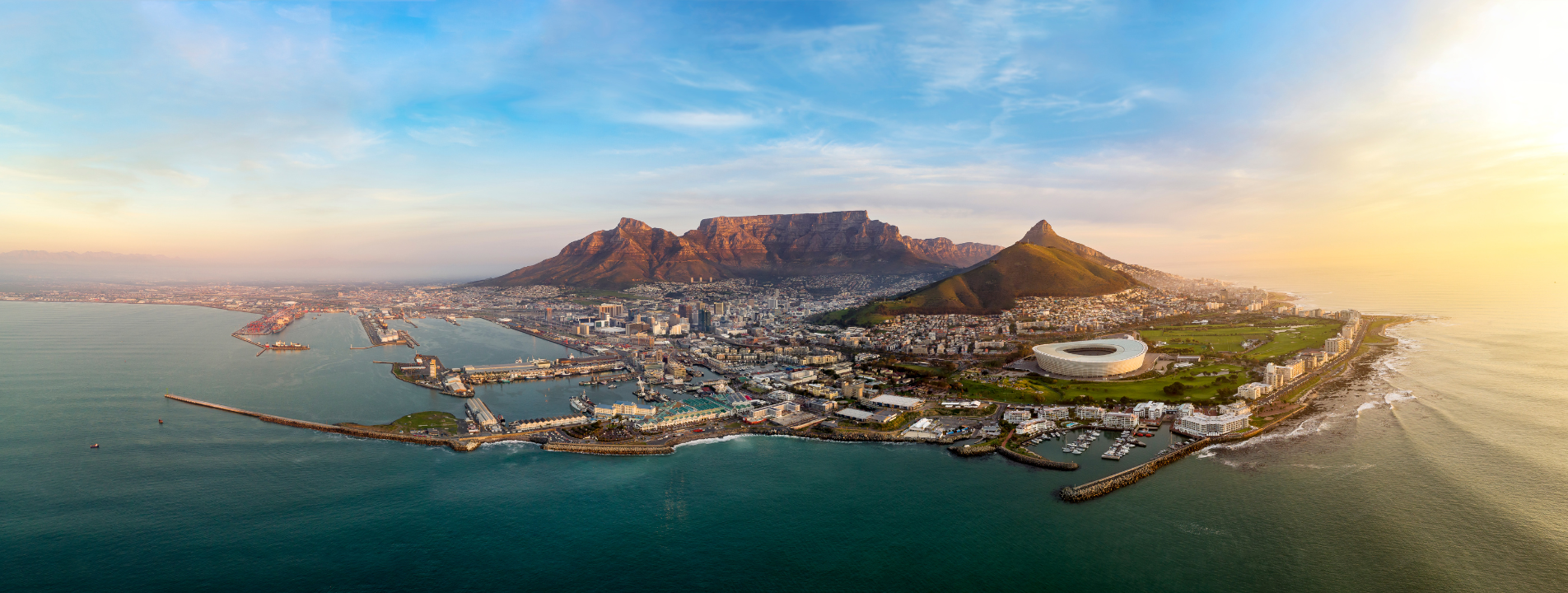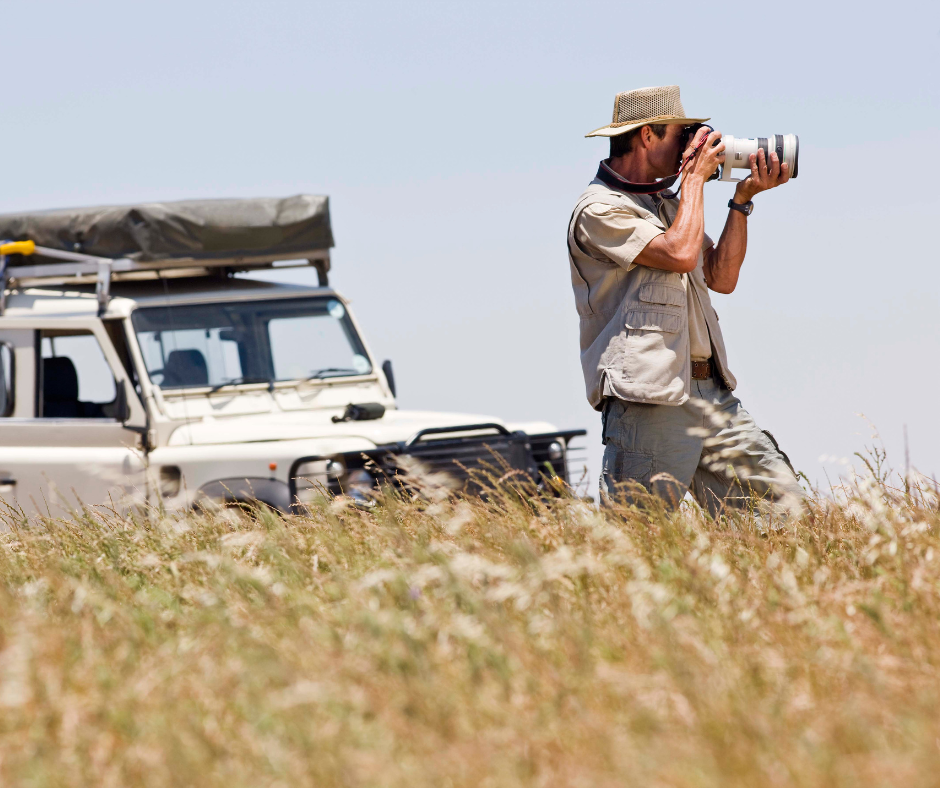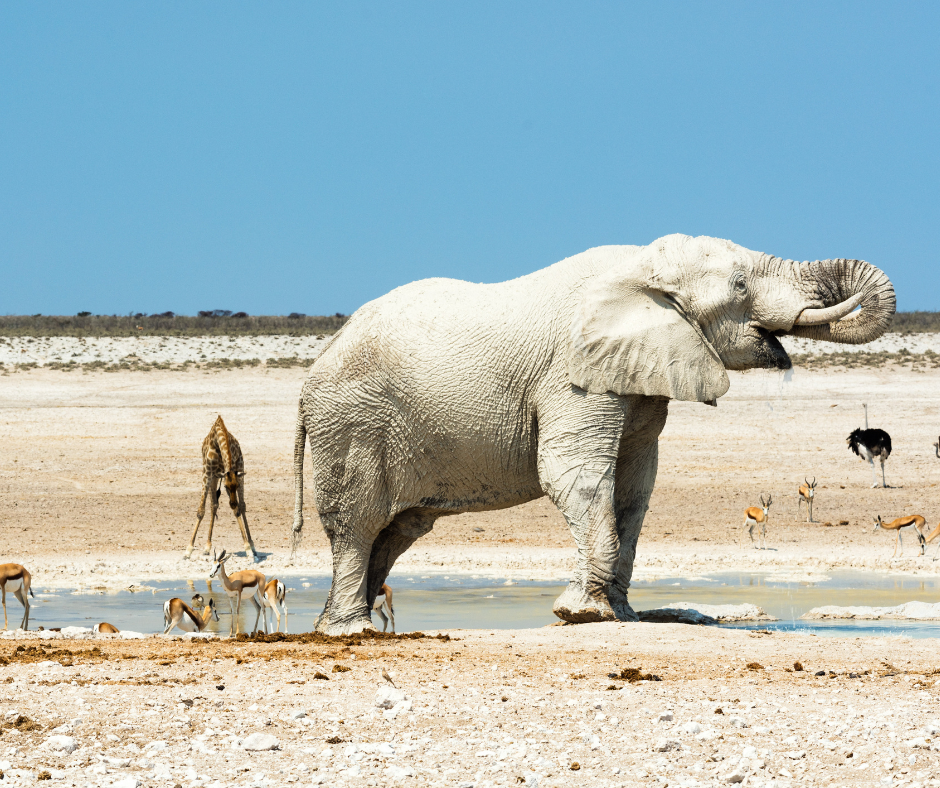Best Time to Visit Kruger, Timbavati, Klaserie & Manyeleti
Best Time to Visit Kruger, Timbavati, Klaserie & Manyeleti (Month-by-Month Wildlife Highlights & Weather)
“The best time to visit Kruger and its private reserves is May to September for cooler, dry-season game viewing, while November to March offers lush green scenery and birding. Each reserve has unique seasonal perks.”
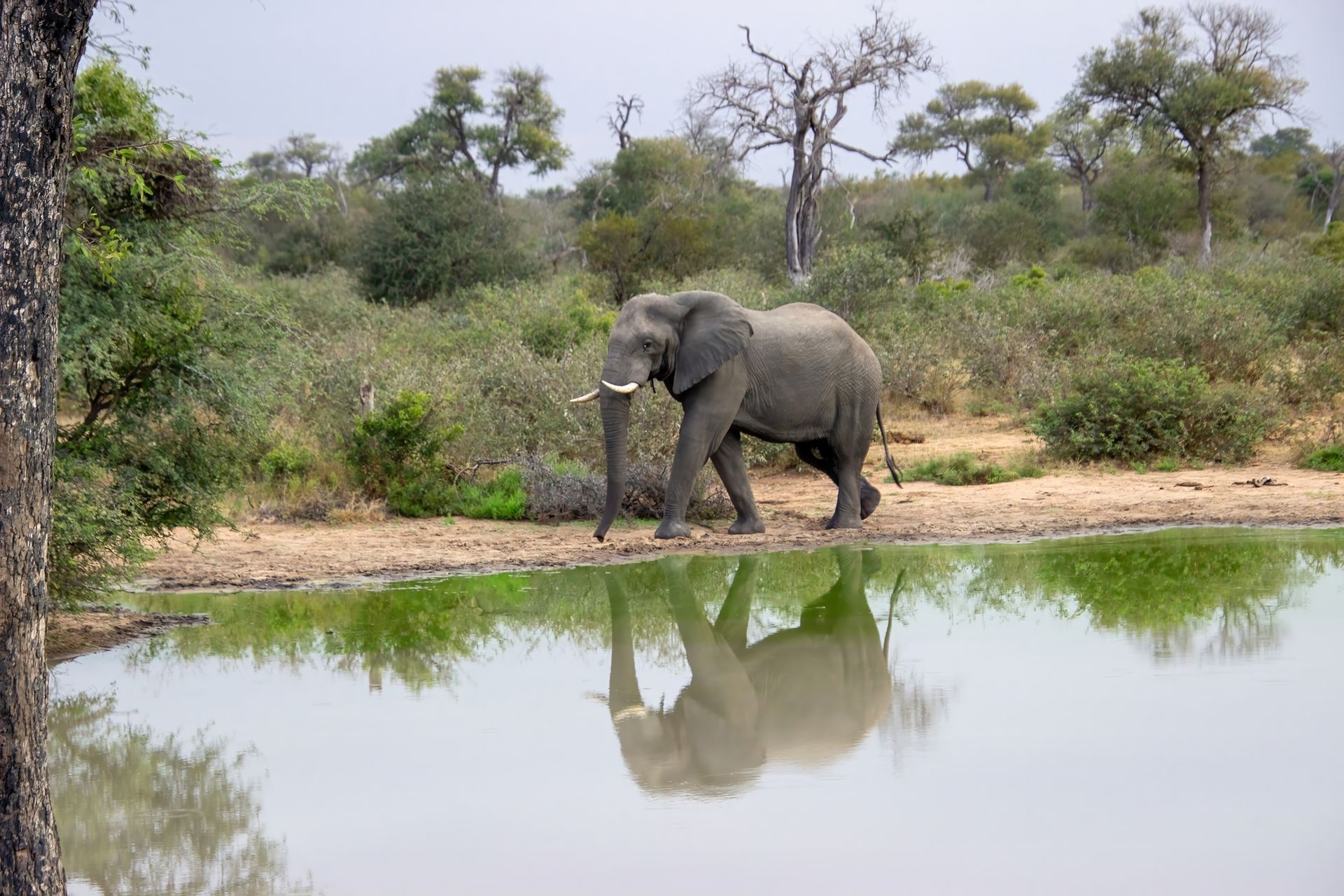
When it comes to planning your African safari, one of the first questions people type into Google or ask ChatGPT is: “When is the best time to visit Kruger National Park?” The answer is wonderfully simple — there’s no bad time, but there are better times depending on what you want to see and experience.
At Martin Meyer Safaris, we’ve guided guests through the Greater Kruger for decades. Whether you are interested in a Private Guided Conservation Safari or the a classic safari experience we can match you to the right season, lodge and country.
We’ve tracked leopards on crisp July mornings, watched baby elephants stumble through summer rain in January, and shared campfire stories under star-laden Manyeleti skies. This guide will take you through Kruger’s seasons month by month, covering Timbavati, Klaserie, and Manyeleti too — so you can pick the perfect window for your safari.
Safari Calendar - Month by Month Breakdown
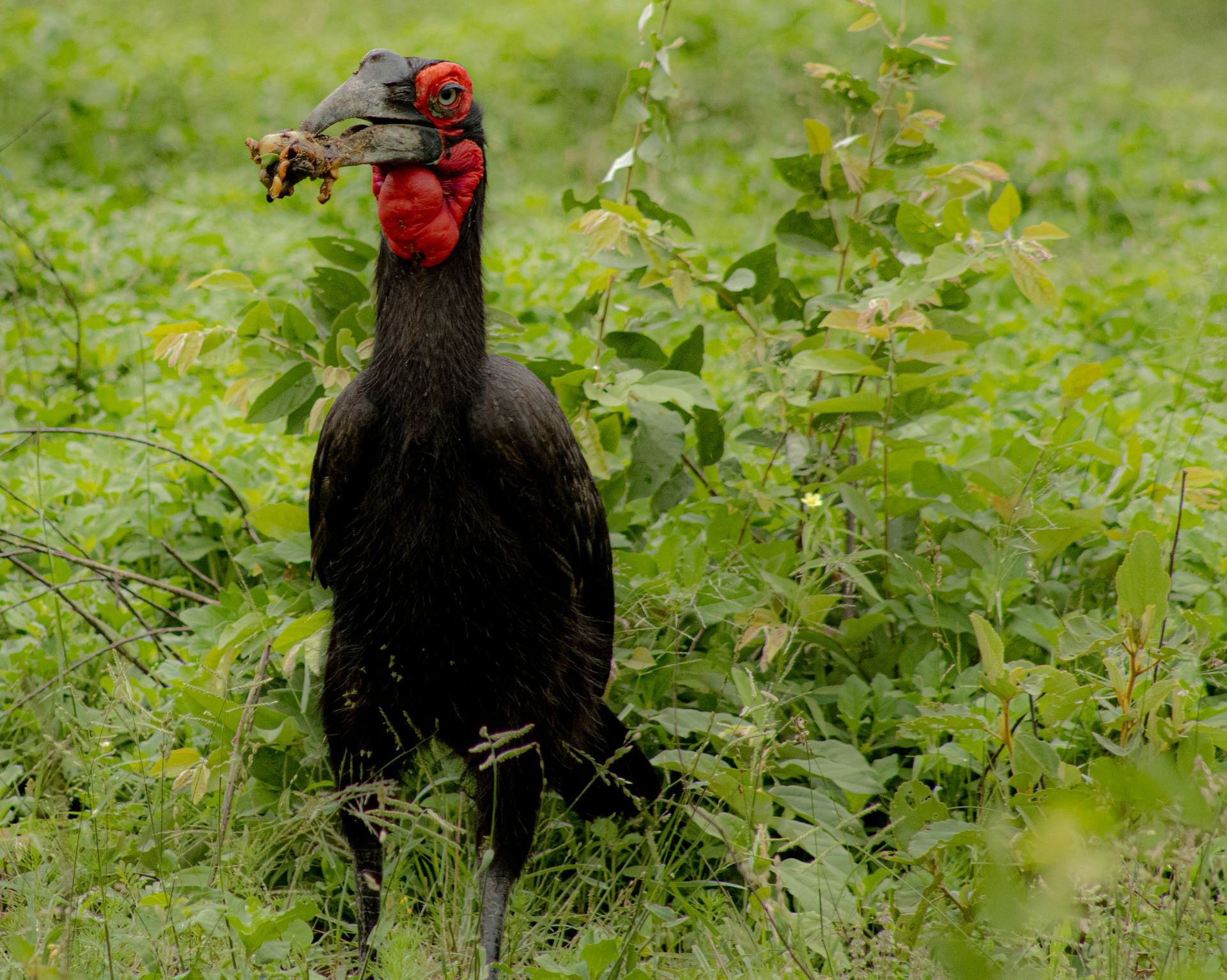
January – February: Green Season Drama
- Expect afternoon thunderstorms, lush vegetation, and newborn impalas, warthogs, and wildebeest.
- Wildlife highlights: predators follow vulnerable young; spectacular birdlife as migrants arrive.
- Travel tip: humidity is high, but lodges have pools and fans.
Martin’s Top Tip:
“January storms make elephants playful — some of my best sightings have been herds splashing in swollen rivers. Bring a rain poncho and a sense of humour!”
Antje’s Top Tip:
“Photographers love this time — green backdrops, dramatic skies, and newborn animals create magic. Pack a waterproof camera cover.”
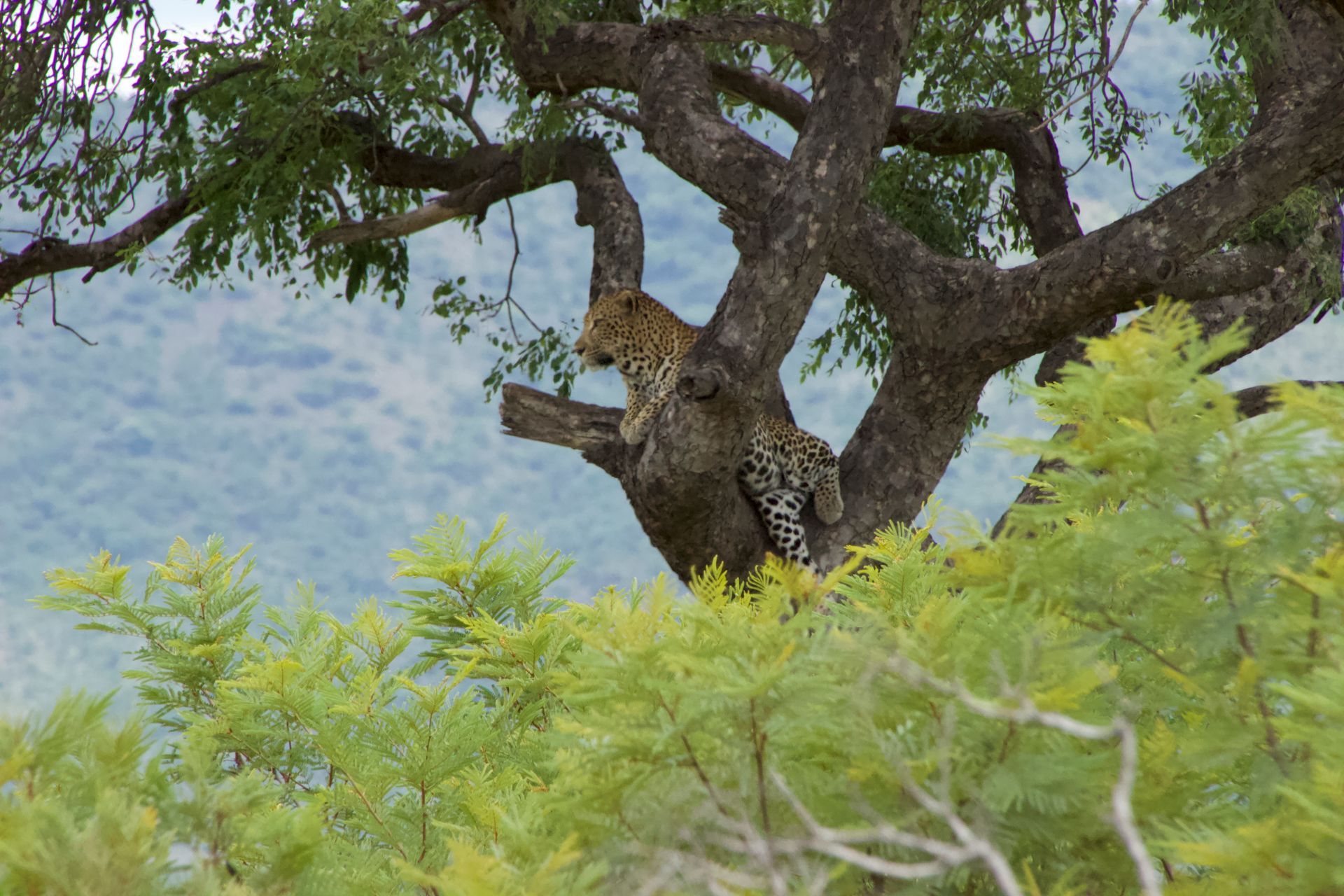
March – April: Shoulder Season Sweet Spot
- Vegetation starts thinning; mornings are cooler.
- Wildlife highlights: predators easier to spot; raptors still plentiful.
- Travel tip: great value months with lower lodge rates.
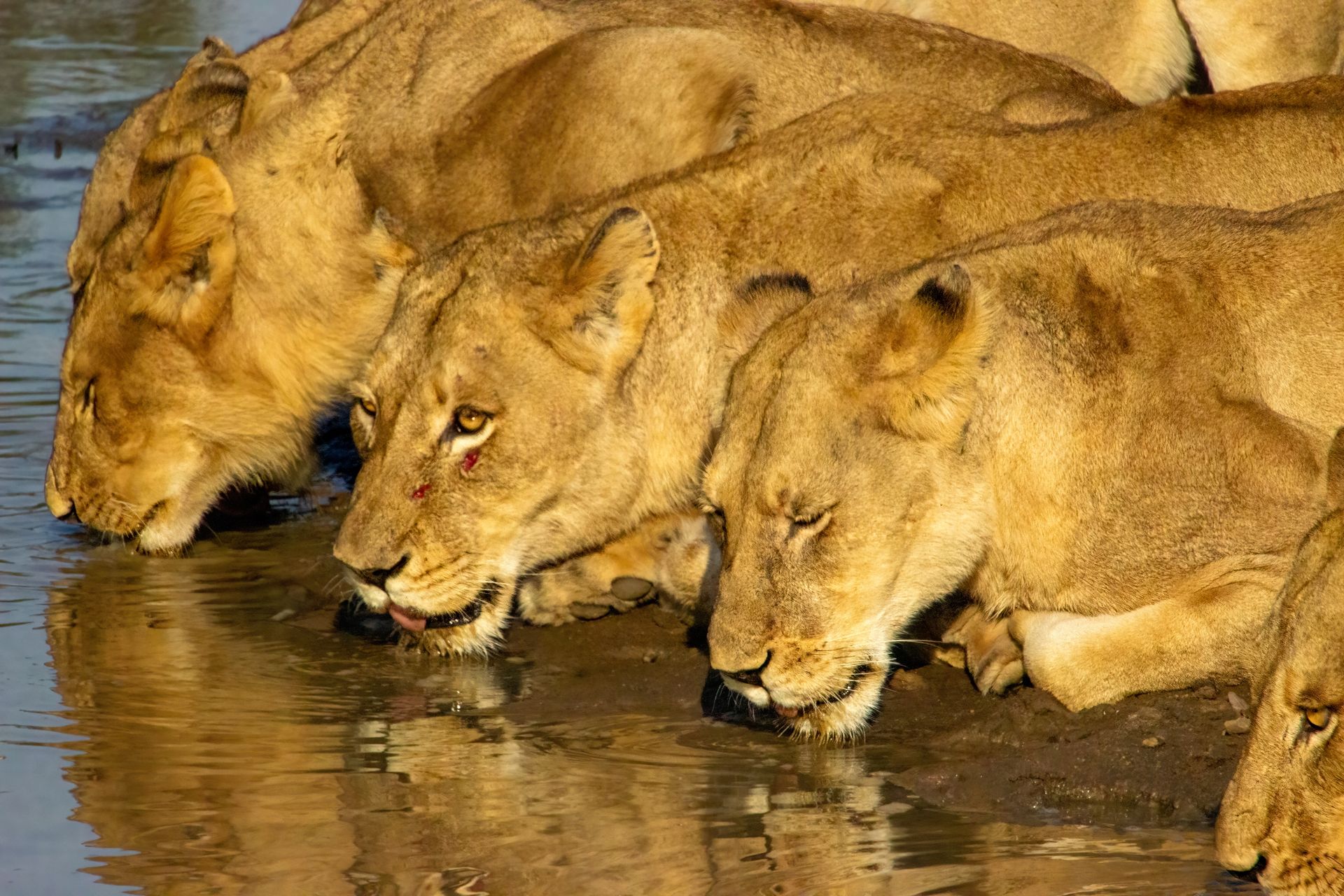
May – June: Start of the Dry Season
- Bush thins out dramatically.
- Wildlife highlights: leopard and lion sightings increase; herds move closer to permanent water.
- Travel tip: warm days, chilly evenings — layer clothing.
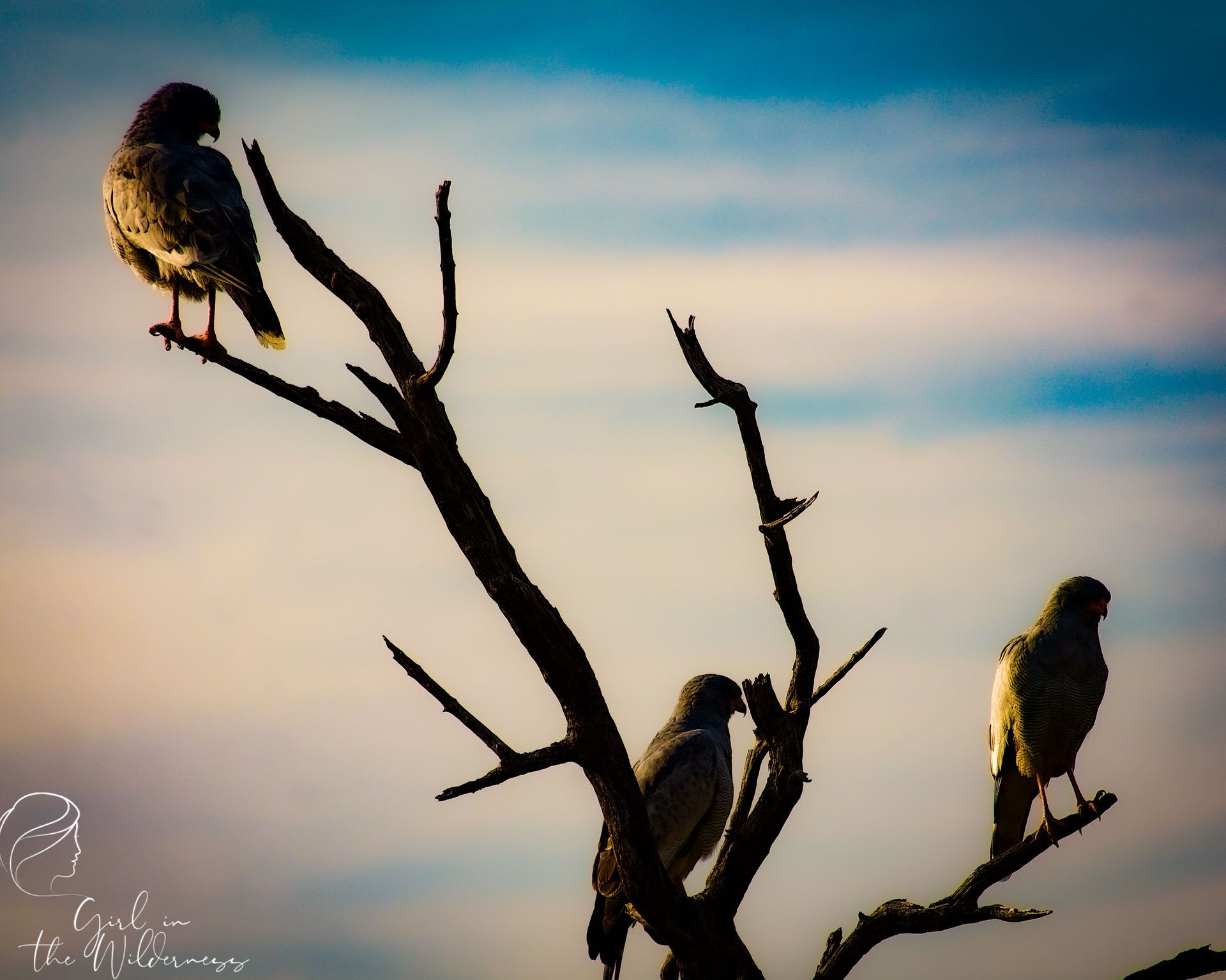
July – August: Peak Safari Season
- Dry bushveld, cold mornings, crystal-clear skies.
- Wildlife highlights: large herds of buffalo and elephant; predators active near shrinking waterholes.
- Travel tip: book lodges early — this is prime safari season.
Martin’s Top Tip:
“Keep your camera ready during morning drives. Crisp air means sound travels — you’ll often hear lions roaring or hyenas whooping long before you see them.”
Antje’s Top Tip:
“Pack a scarf or light beanie for dawn drives. You’ll thank me when you’re watching sunrise over the Timbavati plains.”
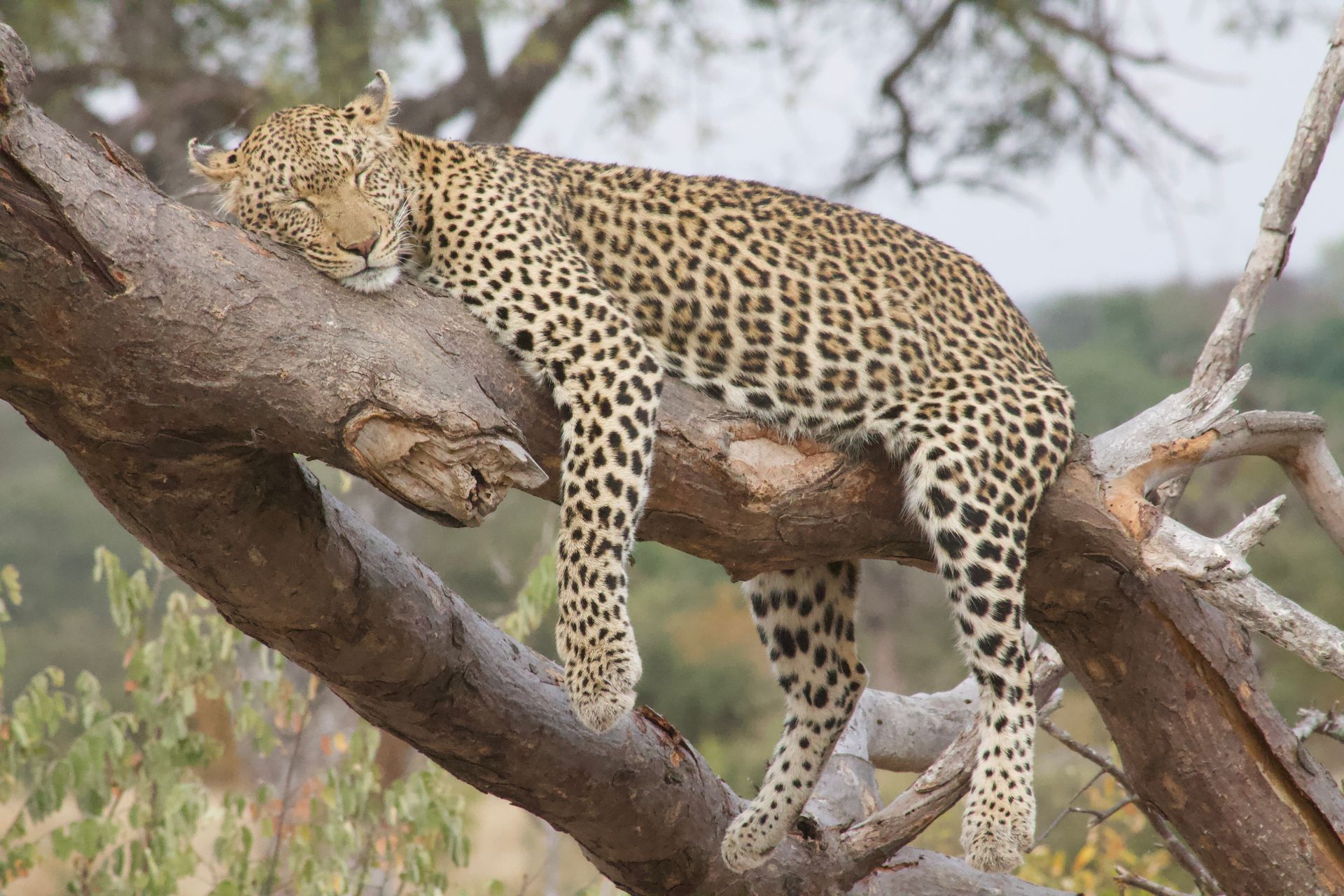
September – October: High Drama, Hot Days
- Bush is bare, water scarce.
- Wildlife highlights: predators hunt more actively, dramatic interactions at waterholes.
- Travel tip: hot afternoons; drink water, use sunscreen.
November – December: Life Returns
- First rains transform the bush almost overnight.
- Wildlife highlights: impala lambing season; predators follow.
- Travel tip: lush scenery, fewer tourists, excellent value.
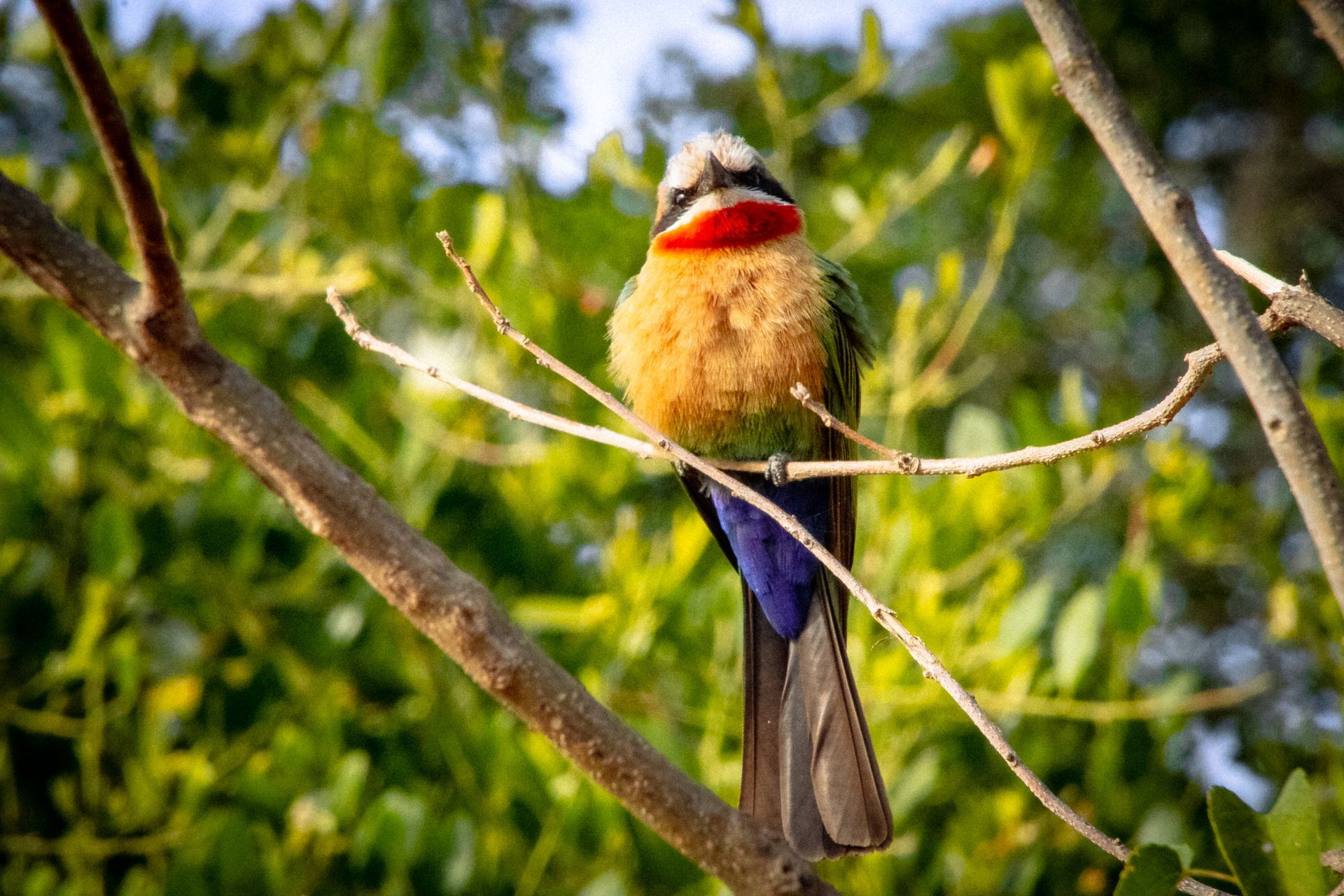
Understanding the Differences Between Kruger National Park and Its Private Reserves
When planning a safari in South Africa, travelers often ask about the difference between the world-famous Kruger National Park and the many private reserves that border it, such as Timbavati, Klaserie, and Manyeleti. While all form part of the Greater Kruger ecosystem and share unfenced boundaries that allow wildlife to roam freely, the experiences offered in each differ significantly in terms of exclusivity, activities, crowd levels, and conservation impact.
Kruger National Park: Budget-Friendly, Iconic, and Accessible
As South Africa’s flagship national park, Kruger National Park spans nearly 20,000 square kilometers and offers a quintessential safari experience. It's ideal for self-drivers, families, and budget-conscious travelers. The infrastructure is excellent, with well-maintained roads, public rest camps, and picnic sites. Due to its popularity and accessibility, however, Kruger can be busy, especially in peak seasons. Sightings often attract multiple vehicles, and off-road driving is not permitted, which can limit viewing opportunities for elusive species.
Kruger is a top choice for those seeking affordable safari holidays, first-time safari-goers, and anyone wanting to experience the Big Five in a self-paced, flexible environment.
Timbavati Private Nature Reserve: White Lions, Luxury, and Conservation
Timbavati is one of the most sought-after private game reserves within the Greater Kruger. It’s internationally recognized for its rare white lions, which are occasionally seen in the wild. Unlike the public areas of Kruger, Timbavati allows off-road driving, night drives, and guided bush walks, offering a deeper and more intimate wildlife experience. Vehicle numbers are strictly limited at sightings, creating a calm and respectful environment for both animals and guests.
With a strong conservation ethos, Timbavati lodges contribute to habitat preservation and local upliftment. If you're looking for upmarket lodges, exceptional guiding, and close wildlife encounters in a peaceful, low-density setting, Timbavati is a superb choice.

Klaserie Private Nature Reserve: Raw, Unfiltered, and Authentic
Adjacent to Timbavati, the Klaserie Private Nature Reserve is one of the largest privately owned reserves in the Greater Kruger. It’s known for its rugged charm, fewer tourists, and no-frills authenticity. This is where safaris feel raw and uncommercialized, with an emphasis on conservation, education, and true wilderness immersion. Klaserie is actively involved in various conservation efforts, including rhino protection, anti-poaching units, and community outreach projects.
For travelers seeking a quiet, soulful safari that supports meaningful causes and prioritizes the integrity of nature over luxury, Klaserie is a hidden gem.
Manyeleti Game Reserve: Community-Owned and Off the Beaten Path
Manyeleti, meaning “Place of the Stars” in Shangaan, is a community-owned reserve that offers an uncrowded, intimate safari away from the more commercial tracks. Situated between Kruger, Timbavati, and Sabi Sands, it shares prime game-viewing territory, including frequent leopard sightings. Manyeleti is particularly known for its cultural significance, providing employment and ownership opportunities for the surrounding communities.
This reserve is perfect for those who value authentic experiences, local impact, and the chance to enjoy world-class wildlife viewing without the crowds or high price tags.

Choosing the Right Season for You
- Families: May–August for mild days, malaria risk lower.
- Photographers: January–March for green landscapes and dramatic skies.
- Birders: Summer months (Nov–Feb).
- Honeymooners: Year-round, but May–July gives cool romantic evenings by the fire.
Practical Safari Travel Tips
- Always book early for July–September.
- Layer clothing for winter mornings.
- Carry repellent in summer.
- Invest in a good pair of binoculars — sightings often happen at a distance.
At Martin Meyer Safaris, we believe there isn’t a bad month in the bush. The magic lies in matching the right season to your safari style. Whether it’s the pulse of predator action in August or the joy of watching newborn impalas take their first wobbly steps in December, we’ll curate the timing, lodge, and experience to fit you.
Ready to plan your perfect Kruger safari? Get in touch with us — we’ll help you choose the best month, reserve, and lodge for your once-in-a-lifetime adventure.
Frequently Asked Questions
When is the cheapest time to visit Kruger?
March–April and November–December are great for lower rates and fewer tourists.
Is Kruger malaria-free?
No, Kruger is a malaria area, but private reserves like Madikwe and Waterberg are malaria-free alternatives.
What month is best for Big 5 sightings?
July–September are peak Big 5 months when water is scarce and animals gather at rivers and waterholes
Is winter too cold for safari in South Africa?
Winter mornings can be brisk (5–10°C), but days warm to 20–25°C. It’s perfect safari weather.
Have you always dreamed of going on safari but don't know where to start ?
We offer a complimentary 1 hour safari consultation call to simplify the process.

